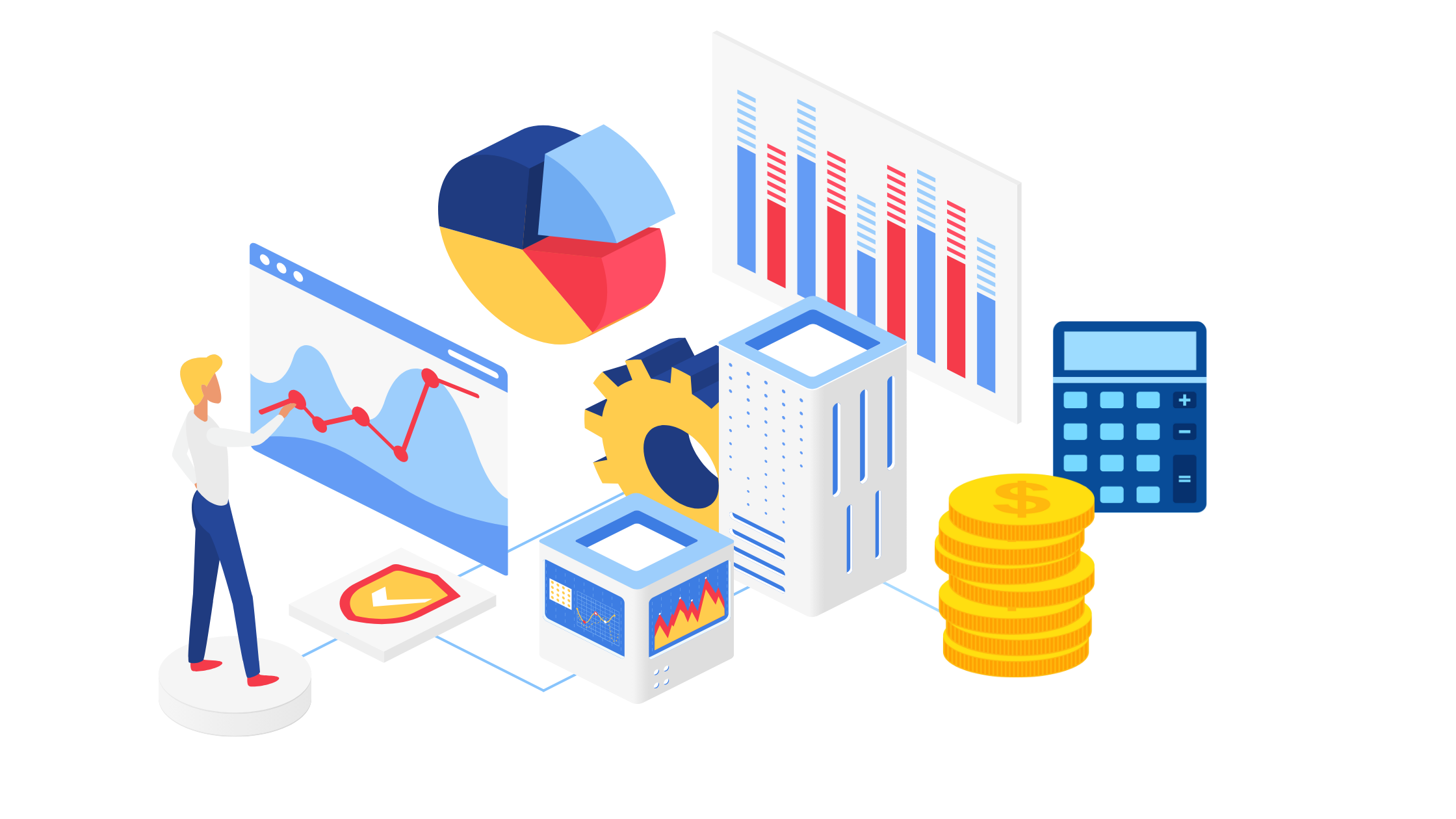IT plays a pivotal role in driving business success, and for small businesses, effective IT budget management can unlock significant competitive advantages, while poor budgeting can lead to operational setbacks and financial difficulties. This guide is designed to help small businesses navigate their IT expenses, offering practical budgeting processes, recommended spending percentages, and insights into the pros and cons of various budgeting strategies.
Recommended Budgeting Process for IT Spend
1. Assess Your Current IT LandscapeInventory: Start by taking stock of your current IT infrastructure, including hardware, software, and services. Understand what assets you have and their current state.
Needs Analysis: Pinpoint any gaps and areas that could use improvement. Think about how your IT needs might evolve as your business grows, new projects kick off, or new tech trends emerge.
2. Define IT ObjectivesStrategic Alignment: Align your IT goals with your business objectives. For example, if your goal is to enhance customer service, investing in a CRM system might be a priority.
Performance Metrics: Establish metrics to measure the effectiveness of your IT investments, such as improved productivity or customer satisfaction.
3. Create a Budget Plan
Categorize Expenses: Break down your IT expenses into categories such as hardware, software, maintenance, cybersecurity, and personnel.
Forecast Costs: Estimate the costs associated with each category. Include both one-time expenses (e.g., purchasing new servers) and recurring costs (e.g., software subscriptions).
4. Allocate Resources
Prioritize Spending: Allocate funds based on priority. Essential upgrades and critical infrastructure should be funded before discretionary improvements.
Flexible Budgeting: Maintain a portion of the budget for unexpected IT issues or opportunities. A buffer of 10-15% of your IT budget can be useful for unforeseen needs.
5. Monitor and Adjust
Track Spending: Regularly review actual IT spend against your budget. Use financial software or accounting tools to monitor expenses.
Evaluate Performance: Assess whether your IT investments are meeting the defined objectives. Adjust the budget as needed based on performance and changing business needs.
Recommended Percentage of Revenue for IT Spend
There isn’t a one-size-fits-all answer, but a common benchmark is to allocate 3-6% of your revenue towards IT spending. This range can vary depending on the industry, company size, and specific needs.
- Lower End (3-4%): Small businesses with fewer IT needs or those in less tech-dependent industries might allocate at the lower end of the spectrum.
- Higher End (5-6%): Companies that rely heavily on IT for their core operations or are in tech-intensive industries may find it beneficial to allocate a higher percentage.
Pros and Cons of Different Budgeting Approaches
1. Fixed Percentage Budgeting
Pros:
- Simplicity: Easy to implement and adjust annually.
- Predictability: Provides a clear framework for planning and forecasting.
Cons:
- Rigidity: May not account for sudden changes in technology needs or unexpected costs.
- Potential Misalignment: The percentage might not always reflect actual business requirements or growth.
2. Zero-Based Budgeting
Pros:
- Efficiency: Forces a re-evaluation of all IT expenses and can eliminate unnecessary costs.
- Alignment: More closely aligns IT spend with current business objectives and needs.
Cons:
- Time-Consuming: Requires detailed analysis and justification for every expense.
- Complexity: Can be more complex to manage and requires regular review.
3. Incremental Budgeting
Pros:
- Stability: Builds on previous budgets, making it easier to manage incremental changes.
- Predictability: Easier to forecast changes in IT spend year-over-year.
Cons:
- Potential Complacency: May perpetuate outdated practices or technologies.
- Limited Innovation: Might not encourage significant changes or upgrades.
Conclusion
Managing your IT budget effectively is crucial for small businesses that want to leverage technology to boost growth and improve operations. By following a structured budgeting process, aligning your IT spending with your business goals, and choosing the right budgeting strategy, you can make the most of your IT investments and ensure smooth operations. Balancing cost-efficiency with strategic tech investments will help your IT infrastructure support, rather than hinder, your business goals. Contact Silverado Technologies today to make the most of your IT budget.

